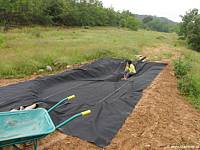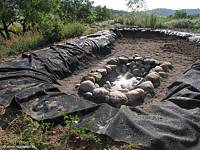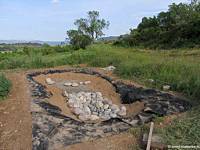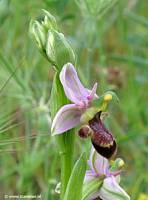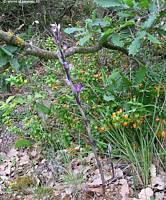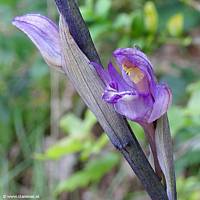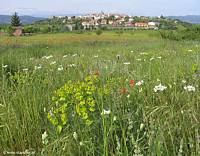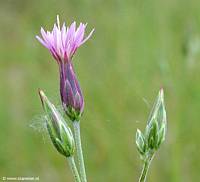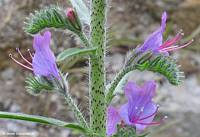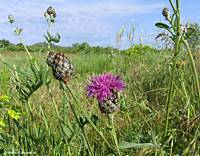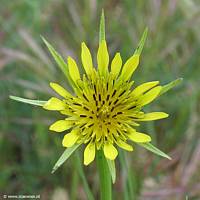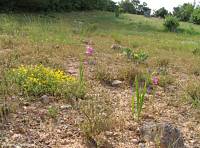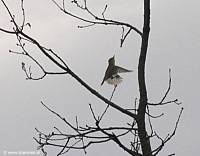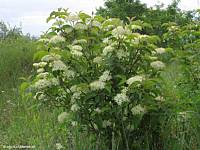|
|
Nature
Switched On
|
|
|
introduction |
2007 May 19 & 20, Saturday & Sunday
|
Blanca in the extreme west of the pond. |
|
|
||
|
Looking east. |
||
|
Looking norteast. The pond with more boulders
and soil. |
||
|
Two more orchids appeared on the terrain: the Woodcock orchid
(Ophrys scolopax) and the Violet Limodore (Limodorum
abortivum). The Limodore immediately calls attention for the
absence of green leaves. It is indeed a kind of parasitic plant but
of a rather
|
||
| Woodcock
orchid. On the higher central terrace. Saturday 8:51 |
||
|
Violet Limodore in the shade of
the wood in the centre of the terrain. Saturday 9:23 |
||
|
|
||
| Looking
norteast on the lowest terrace:
Euphorbia cyparissias,
Sideritis hirsuta,
Elytrigia repens,
Crupina vulgaris. Sunday 18:22 |
||
|
Close-up of Crupina
vulgaris. Saturday 8:45 |
||
|
The opposite is the case with a relative: Greater Knapweed (Centaurea
scabiosa) which is present the whole year round with its
leaves and even in autumn or winter with the occasional flower. The
flower in the photograph is the first one of its official flowering
season (from June to A
|
||
|
Close-up of Viper's Bugloss. Saturday 9:02 |
||
|
Greater Knapweed on the lowest occidental terrace, looking
northwest. Sunday 9:25 |
Close-up of Yellow
|
|
|
On the superior, western terrace with low and little vegetation all
|
||
|
The sparse vegetation of the
higher western terrace with
Gladiolus illyricus,
Coronilla minima and
Eryngium campestre. Sunday 18:10 |
||
|
Nice snapshot of what must be a species of Flycatcher (Muscicapa). It was sitting high up on a dead branch that I didn't cut away in winter especially for cases like this: being able to watch birds which otherwise would be hidden behind leaves. |
||
|
A Flycatcher in a dead branch of Quercus faginea. Saturday 8:42 |
||
|
The most striking and also busiest (insects) shrub these days is Common Dogwood (Cornus sanguinea), a plant that should be present in any wild garden throughout almost the whole of Europe. It has beautiful flowers, although with a relatively short flowering period that is compensated by the following decorative berries. It's branches have a nice red colour especially the young ones while the older ones turn yellow because of adhering lichenes (but that will depend on the habitat). In autumn also the leaves get a similar red colour.
|
||
|
A small shrub of Common Dogwood. Saturday 8:34 |
||
|
introduction
|
|
